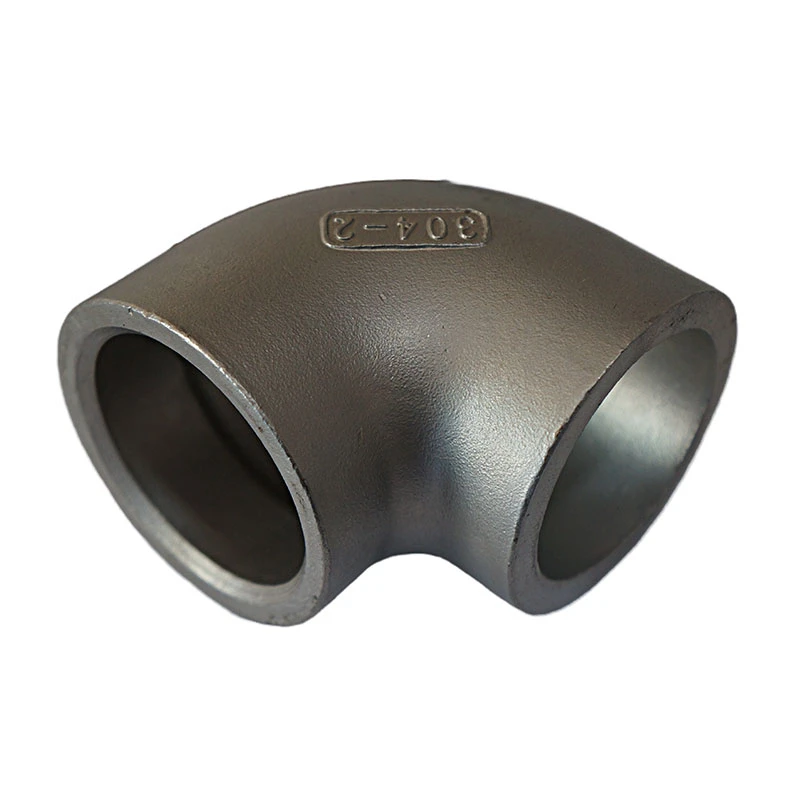sand casting working principle
Sand Casting Working Principle
Sand casting, one of the oldest and most widely used metal casting processes, relies on the unique properties of sand to create molds for metal shaping. This versatile and cost-effective method is particularly favored for its ability to produce complex geometries with fine details. Understanding the working principle of sand casting involves examining key elements such as the materials used, the mold-making process, metal pouring, and the cooling phase.
Materials Used in Sand Casting
The primary material in sand casting is sand itself, typically silica sand, due to its high melting point and availability. The sand is mixed with a binder, commonly clay or resin, to improve adhesion between grains and enhance mold strength. This mixture is then dampened with water to achieve the optimal consistency for mold creation. Other materials such as additives may be included to further enhance the properties of the sand, aiding in moisture retention or increasing the strength of the mold.
The Mold-Making Process
The first step in sand casting is creating the pattern, which is usually a replica of the final product. Patterns are made from materials like wood, metal, or plastic and can be either solid or split types (which consist of two halves). Once the pattern is ready, it is placed into a mold box, and the sand mixture is poured around it. After filling the mold box, the sand is compacted, either manually or with mechanical equipment, to ensure that it holds the shape of the pattern.
Once the sand has been compacted sufficiently, the pattern is removed, leaving a cavity in the shape of the desired part. Additional features, such as gating systems and vents, can be incorporated to allow for metal flow and gas escape during the pouring process. This attention to detail in the mold-making process is crucial, as it directly influences the fidelity of the final casting.
Metal Pouring
sand casting working principle

With the mold prepared, the next step is pouring the molten metal into the cavity. The metal is typically heated in a furnace until it reaches a suitable temperature for casting. Common metals for sand casting include aluminum, bronze, and various iron alloys. Once the metal is molten, it is poured through the gating system into the mold cavity. Care must be taken during this phase to minimize turbulence, which could introduce air pockets or defects in the final casting.
The cooling process begins once the mold is filled with molten metal. As the metal cools, it solidifies and takes the shape of the mold cavity. The cooling rate can significantly influence the metallurgical properties of the casting, such as its strength and hardness. To ensure an even cooling process, it is vital to maintain a balance between mold temperature and metal temperature.
Cooling and Finishing
After the metal has completely solidified, the next step is to remove the casting from the mold. This is typically done by breaking away the sand mold, a process which can be labor-intensive but is straightforward due to the sand’s properties. Once the sand is removed, the casting is inspected for defects and cleaned to remove any residual sand or impurities.
The final finishing steps may include machining, grinding, or surface treatment to achieve specific tolerances or surface finishes. This process ensures that the casting meets the required specifications for its intended application, whether in automotive, aerospace, or general manufacturing.
Conclusion
In conclusion, sand casting remains a fundamental and effective method of metal shaping. Its working principle incorporates a series of well-defined steps—from mold making to metal pouring and cooling—that rely on the unique properties of sand and the mechanical behavior of metals. This age-old technique continues to evolve, with advancements in materials and technology ensuring its relevance in modern manufacturing processes. As industries demand increasingly complex and precise components, understanding the intricacies of sand casting becomes ever more important, offering both historical insight and practical significance in contemporary applications.
-
Precision Sheet Metal Stamping Manufacturer | Fast & ReliableNewsAug.01,2025
-
OEM Sand Cast Pump Valve Fittings - Baoding Hairun Machinery And Equipment Trading Co., Ltd.NewsAug.01,2025
-
Custom OEM Impellers | High Efficiency & PrecisionNewsAug.01,2025
-
OEM Sand Cast Pump Valve Fittings - Baoding Hairun Machinery | Customization, Quality AssuranceNewsAug.01,2025
-
OEM Sand Cast Pump Valve Fittings - Baoding Hairun Machinery And Equipment Trading Co., Ltd.NewsAug.01,2025
-
OEM Sand Cast Pump Valve Fittings - Baoding Hairun Machinery And Equipment Trading Co., Ltd.NewsJul.31,2025















